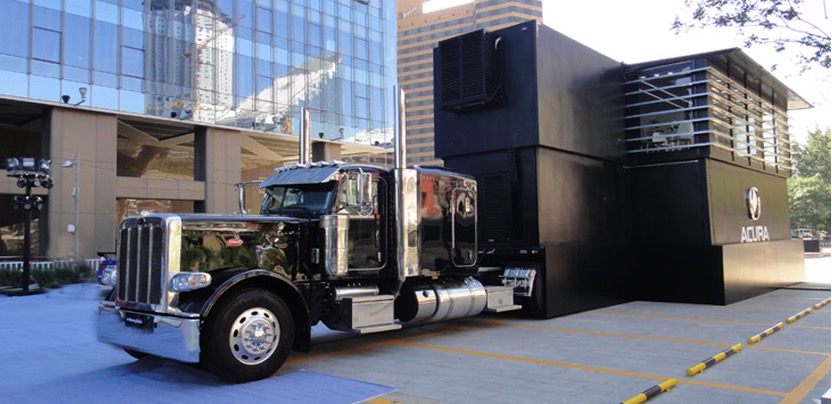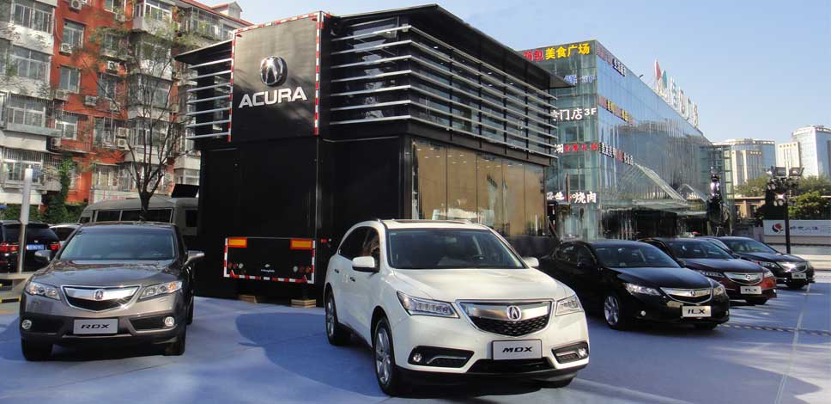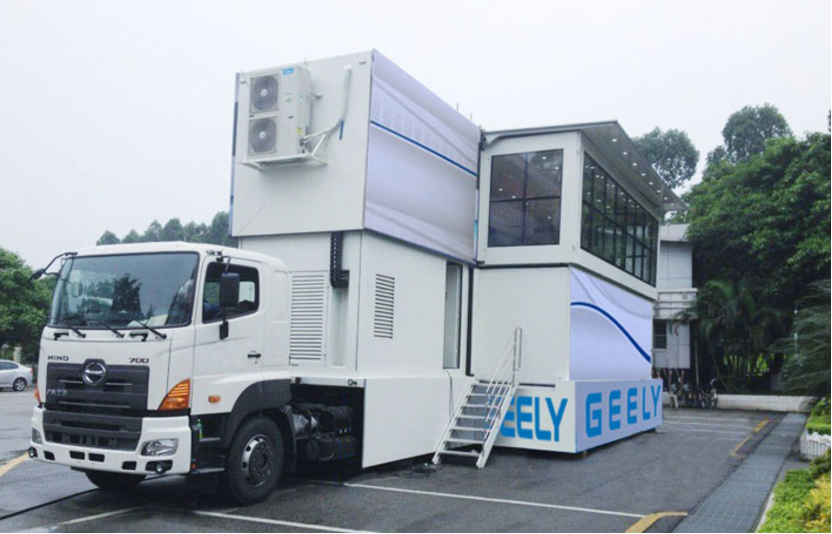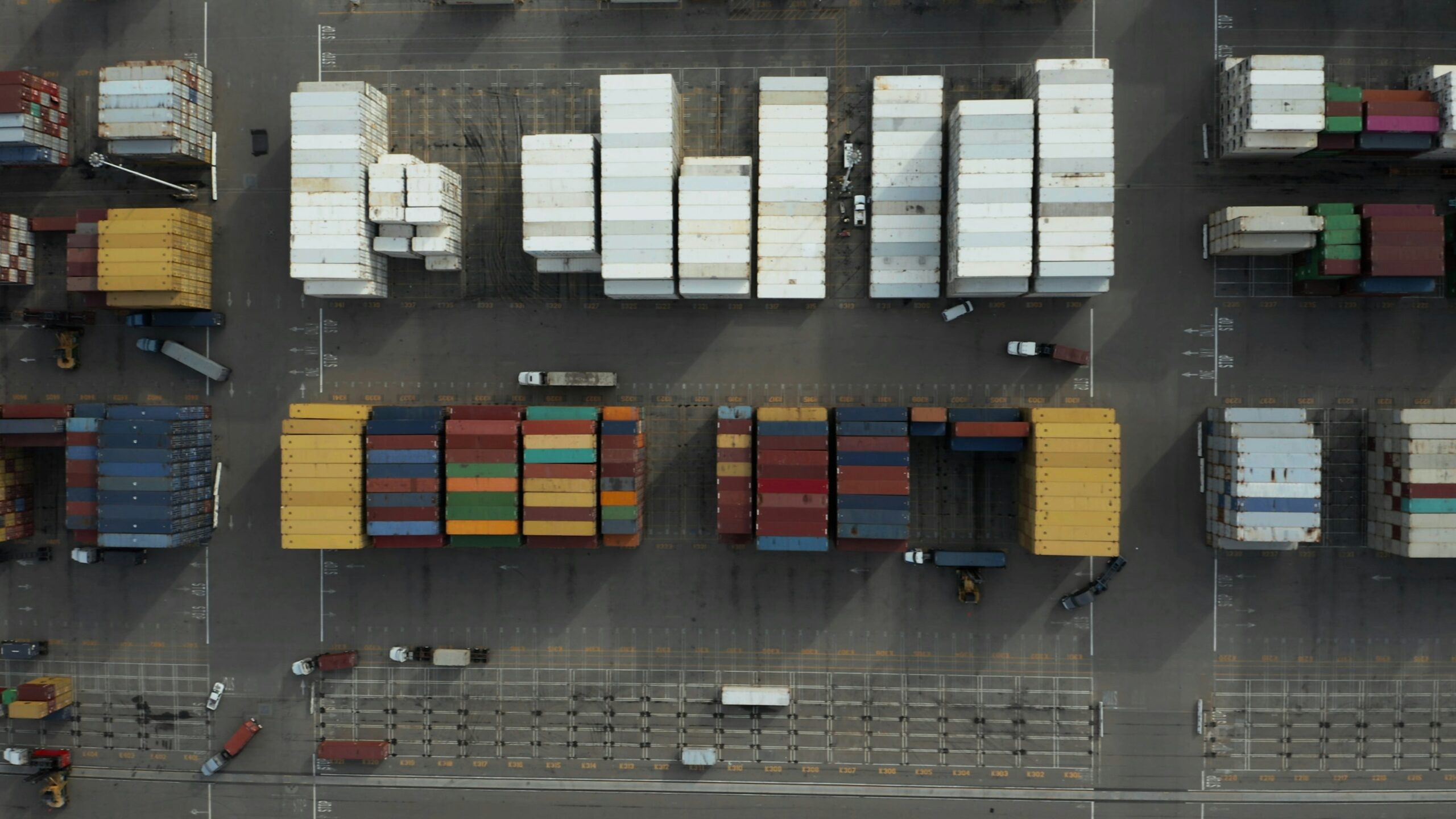For modern brands, creating an emotional bond with consumers is the new imperative. But traditional brick-and-mortar strategies—and even static pop-up shops—have a fatal flaw: they are confined to a single geographic point. High rental costs and unpredictable foot traffic often turn fixed locations into expensive liabilities.
The pop-up vehicle offers a dynamic solution to this static problem. By mobilizing your brand presence, you move from a passive “hope they show up” model to an active mobile marketing strategy. This isn’t just a truck; it is the agile future of retail, designed to meet your audience exactly where they are.
Unmatched Reach and Precision Targeting
The most profound advantage of a pop-up vehicle is its ability to transcend geographical limitations. Unlike a static store passively confined to one neighborhood, a mobile pop-up is a dynamic tool for brand activation that can be proactively deployed wherever a target audience congregates. This mobility allows a single campaign to engage with diverse demographics across a wide array of locations—from urban centers and suburban shopping districts to cultural festivals and sporting events.
This expansive reach is amplified by data-driven strategy. A mobile tour’s effectiveness is not left to chance; it is a strategic exercise rooted in analysis. By studying audience data to understand where potential customers live, work, and play, a brand can create an optimized route that ensures its mobile showroom is in the right place at the right time for maximum impact. This transforms the marketing approach from a passive, hope-based model (“we hope the right people show up”) to an active, precision-targeted strategy (“we are coming directly to you”). This is the literal fulfillment of the modern retail mandate to “meet shoppers where they are,” providing a level of convenience and targeted engagement a fixed location cannot replicate.
An Asset-Based Approach to Experiential Retail
When viewed through a financial lens, the pop-up vehicle presents a compelling case for a superior return on investment (ROI). A traditional pop-up incurs substantial fixed costs, including high rental fees for prime retail space, which can soar to over $113 per square foot in major metropolitan areas, in addition to non-recoverable build-out expenses.[1] These are sunk costs tied to a single location with unpredictable foot traffic.
In contrast, the costs for a pop-up vehicle are amortized over the entire duration of a tour, spreading the investment across multiple markets and audiences. This operational model can lead to dramatic efficiencies, with some brands reporting cost savings as high as 80% compared to traditional retail setups.[2]
This is elevated by a crucial distinction: a pop-up vehicle is a tangible marketing asset, whereas a short-term retail lease is a pure liability. A customized vehicle is a capital asset with residual value that can be reused for future campaigns. It is a multi-purpose platform that serves as the venue, transportation, storage, and primary advertising medium—all consolidated into a single, flexible investment. This reframes the decision away from a simple comparison of rent versus vehicle cost and toward a strategic choice between an expiring liability and a reusable marketing asset.
A Mobile Engine for Social Virality
Beyond logistics and financials, the true power of a pop-up vehicle lies in its ability to generate disproportionate marketing impact by transforming a brand activation into a shareable spectacle. While in transit, a custom-branded vehicle functions as a high-impact mobile billboard, capturing thousands of impressions and generating curiosity. It is an unexpected and engaging presence in the everyday environment, making its message more memorable.
Upon arrival, the vehicle becomes an immersive brand world. It is an engine for creating emotional connection and, crucially, for fueling the digital flywheel of social media. In the digital age, User-Generated Content (UGC) is the most potent marketing force; a staggering 88% of people trust peer recommendations far more than brand advertising.[3] A visually striking, creatively designed pop-up vehicle is an inherently “Insta-worthy” object that invites social media posting. Data shows that 98% of consumers who participate in a brand experience create digital social content about it.[4]
This dynamic turns the audience into the brand’s most effective marketers. Social media campaigns incorporating UGC see a 50% increase in engagement and a 50% reduction in cost-per-click for related ads.[3] The pop-up vehicle is therefore not just a physical asset; it is a content factory that continuously produces high-performing, low-cost, and high-trust marketing material.
Your Partner in Mobile Retail: The Siwun Solution
Successfully executing a mobile retail strategy hinges on the quality and ingenuity of the vehicle itself. The most critical decision is the selection of an expert engineering partner—one with the experience to translate a brand vision into a reliable, high-impact mobile asset.
Siwun is positioned as the ideal partner for brands looking to harness the power of mobility. Siwun’s versatile fleet is designed to meet a wide range of marketing objectives:
1. For Maximum Impact (130D Mobile Showroom Trailer)
This flagship model masters the concept of parallel experiences, featuring a ground-level product gallery and an enclosed aerial theater. With 96m² of versatile, tiered space, it operates as a mobile museum, a traveling luxury salon, or a high-end showroom for major brand activations where making a grand statement is key.
2. For Versatile Deployments (F1-76A Mobile Pop-up Stage)
Built for simplified global deployment, this 7.6m stage vehicle features a robust, modular framework with a premium LED screen for a seamless showcase. Its balance of space and flexibility makes it the perfect solution for new product roadshow tours, main displays at industrial expos, or mobile car showrooms that require rapid, worry-free setup.
3. For Urban Precision (42A Mobile LED CityVan)
Engineered for agile street marketing, this compact 4.2M CityVan is designed to navigate dense urban centers and residential neighborhoods with ease. Featuring a patented slide-out stage that deploys in minutes, it excels at targeted community events, high-traffic street promotions, and pop-up shops in tight commercial areas where larger vehicles cannot go.
Having delivered solutions for leading global brands like Nissan, LG, and Unilever, Siwun has a proven track record of translating ambitious marketing concepts into functional, high-impact mobile platforms.
Conclusion
The retail industry has irrevocably shifted to an experience-based economy where memorable brand connections are paramount. The pop-up vehicle closes the strategic gap left by static retail, offering unparalleled reach, a superior financial model, and a powerful engine for generating the authentic, user-generated content that drives digital engagement.
In today’s competitive market, agility is the ultimate currency. The pop-up vehicle is the definitive tool for agile retail, empowering brands to be proactive, data-driven, and highly responsive. However, this strategy is founded upon a piece of precision engineering. Partnering with an expert builder with the integrated expertise to create a reliable and impactful mobile asset is the essential first step on the path to success.
References
[1] https://www.ecspayments.com/pop-up-shop/
[2] https://www.promobilemarketing.com/blog/popups-vs-traditional-retail
[3] https://inbeat.agency/blog/ugc-statistics
[4] https://wearepurity.com/blog/roi-in-experiential-marketing/








